Great Blue Hope
The great blue heron, one of our largest, most picturesque avian migrants, stands more than a metre tall. It breeds from March to May throughout southern Canada after trekking 3,000 to 4,000 kilometres from Texas, Florida, Mexico, or South America. Herons typically nest in treetop colonies of 20 to 40 birds on islands, peninsulas, shorelines, and beaver ponds. They abandon these sites as nesting trees rot and fall to the ground.
You can slow or halt a colony’s decline. Guard nests in living trees from beavers by wrapping sheet metal around the bases of trunks to prevent them from being felled. Replace collapsed trees with nesting platforms to greatly extend the life of a colony. The following nesting structure will accommodate not only great blue herons but also black-crowned night-herons and double-crested cormorants.
- Choose a site in an existing colony, with water no more than 1.5 m deep. Erect nesting structures from January to March, before herons return from their wintering grounds.
- Obtain new or used cedar utility poles (30’ long and 8 to 10” in diameter at the base) from your local hydro or telephone company.
- Construct three nesting platforms for each pole. Cut the materials, drill the bolt holes, and assemble the platforms before going to the project site.
- Nail the outer nest support (A) to the short support brace (B) and the long support brace (C), with a 53-cm distance between nailing points. One end of the outer nest support (A) will extend beyond the short support brace (B) to serve as a perch. The long support brace (C) will extend beyond the outer nest support (A) to serve as another perch. Nail the inner nest supports (D, E, and F) to the support braces (B and C).
- Bolt one side arm (G) to the long support brace (C). Bolt the other side arm (H) to the short support brace (B).
- Finish the construction on the ice at the project site. (Ensure safety by getting assistance from parks staff, a local conservation group, or utility company.) Attach support braces (B and C) and side arms (G and H) to the pole (I) with lag bolts. Give each platform an upward tilt to create a nesting niche.
- Place the first platform at the top of the pole, the second 1.2 m below, and the third 1.2 m below the second. Project the second platform in the opposite direction to the first and third. Wire a few branches to the top of each platform.
- Use a chain saw to cut a hole, 60 cm in diameter, in the ice.
- Drill a hole 2 m deep in the earth with a 20-cm power auger. Set the pole firmly in the hole.
- Inspect the structure for damage at the end of each nesting season.
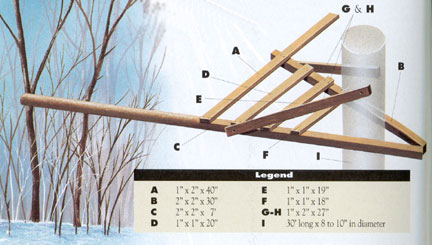
Materials (sold in imperial measures)
A 1” x 2” x 40” E 1” x 1” x 19”
B 2” x 2” x 30” F 1” x 1” x 18”
C 2” x 2” x 7’ G/H 1” x 2” x 27”
D 1” x 1” x 20” I 30’ long x 8 to 10” in diameter












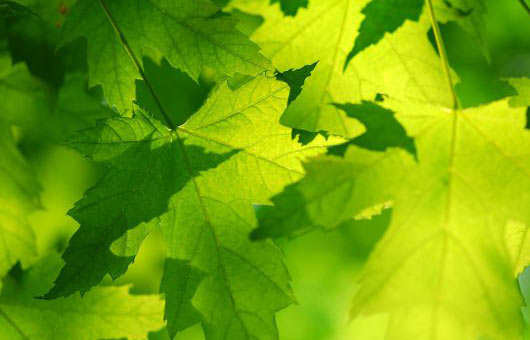
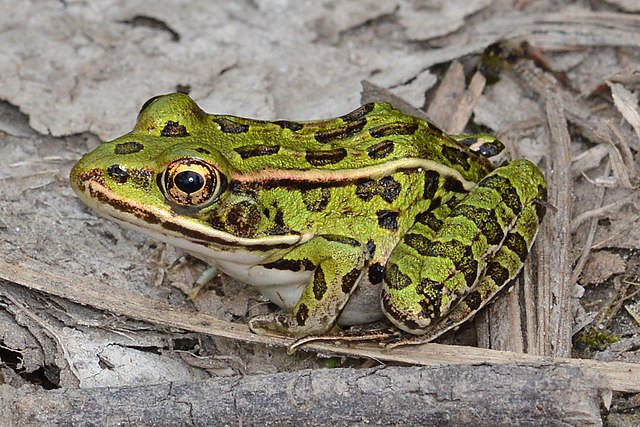
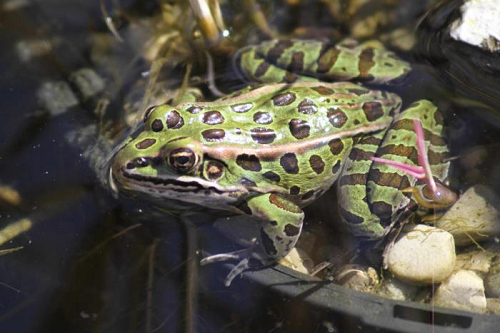
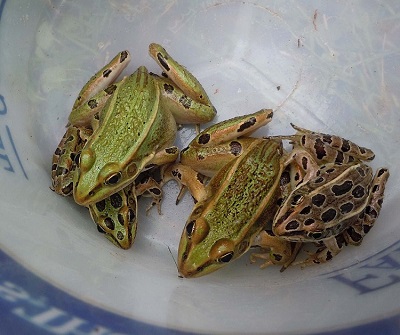
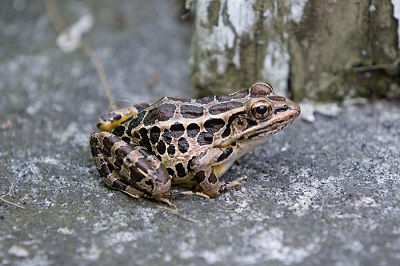

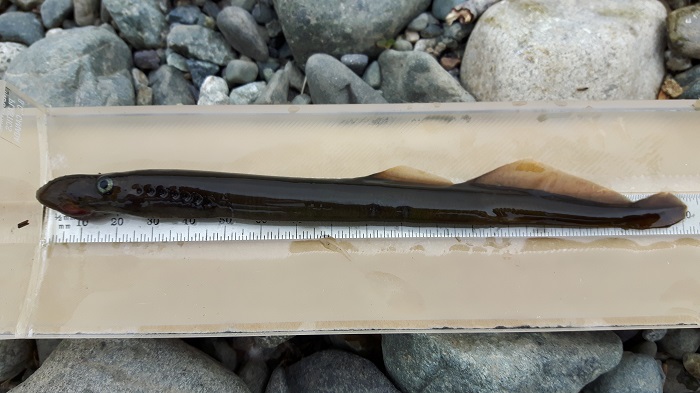
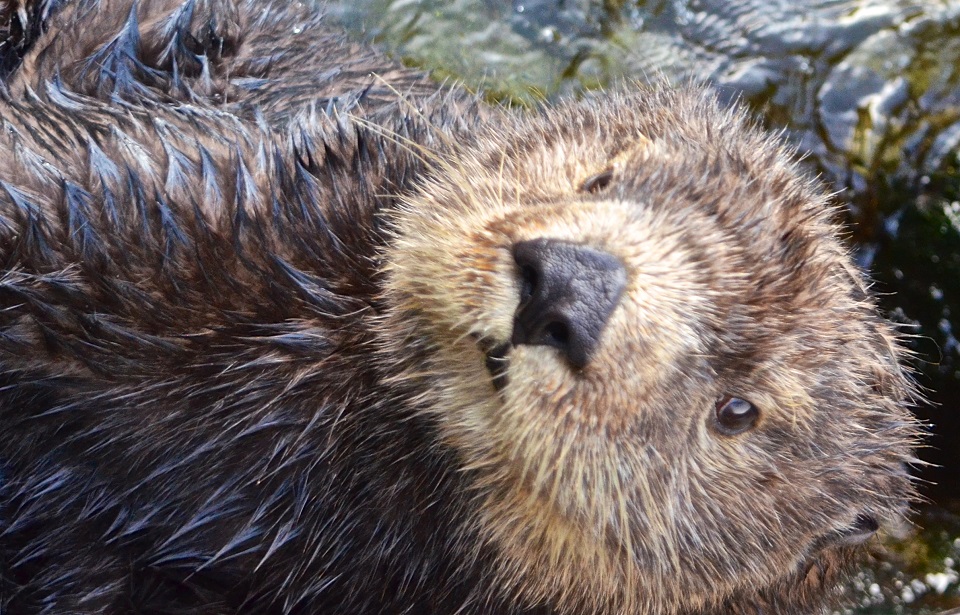

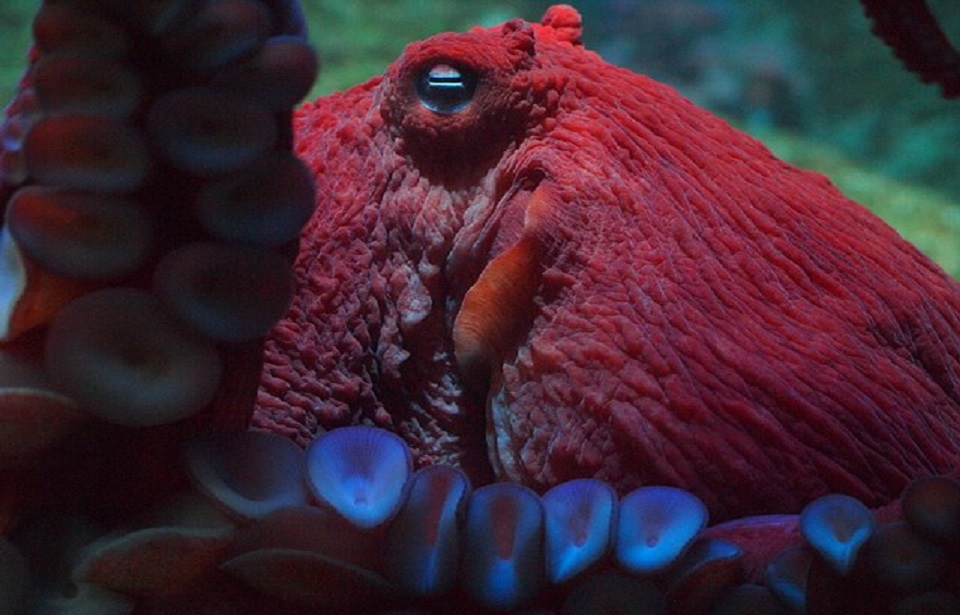
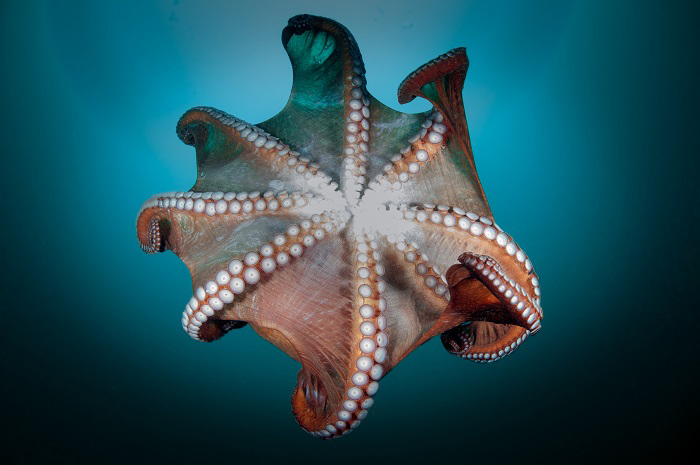

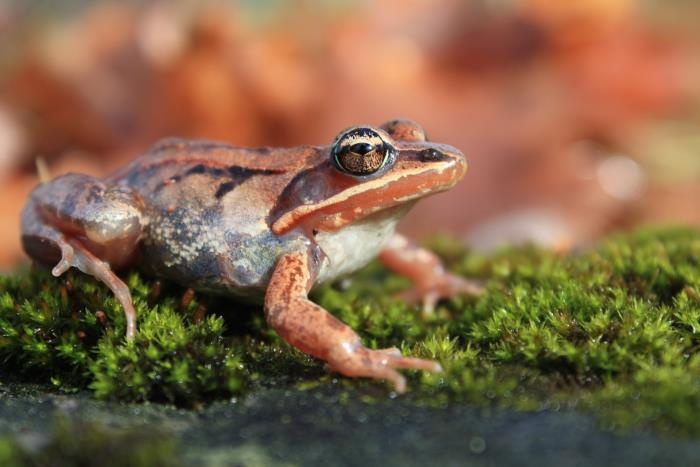

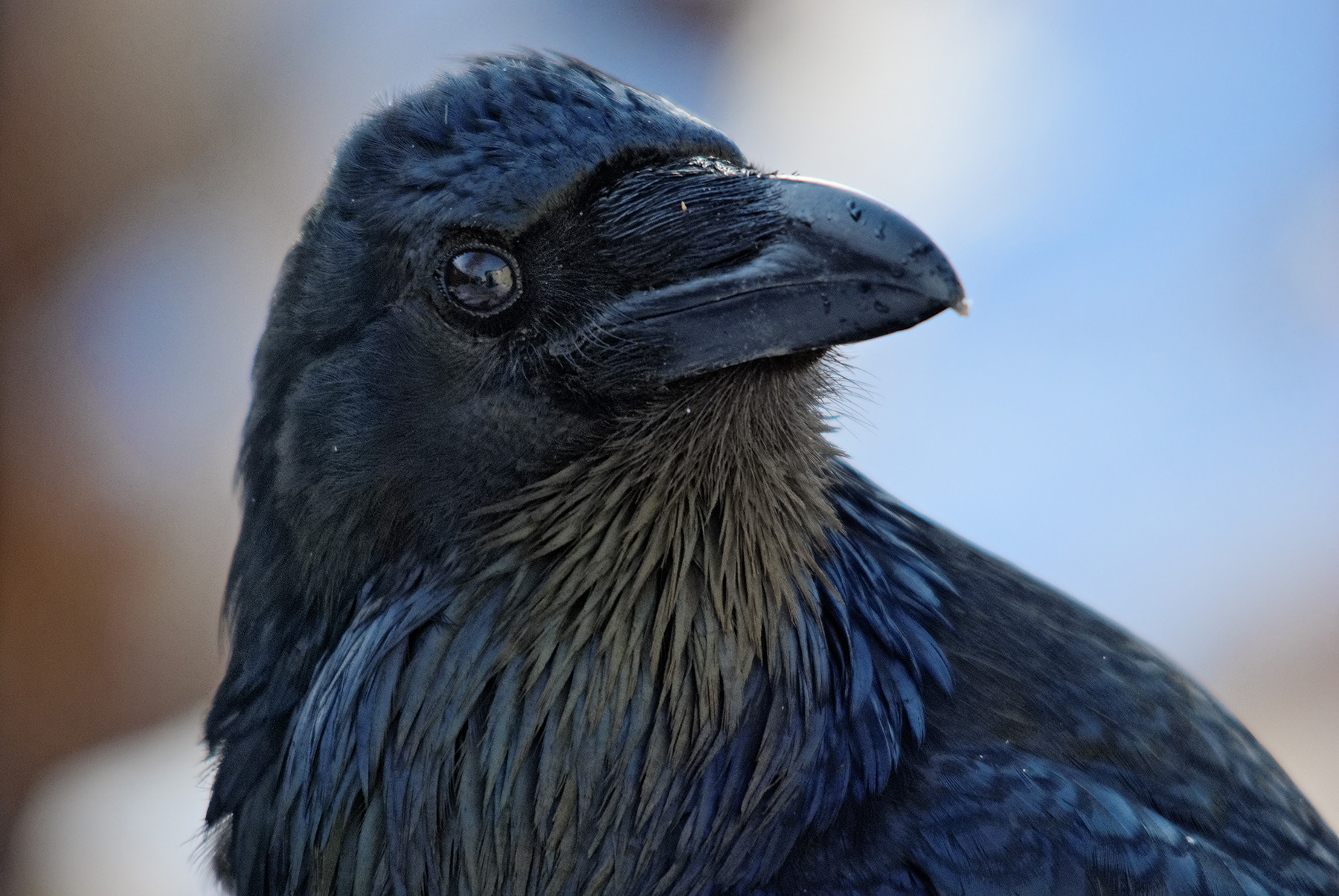
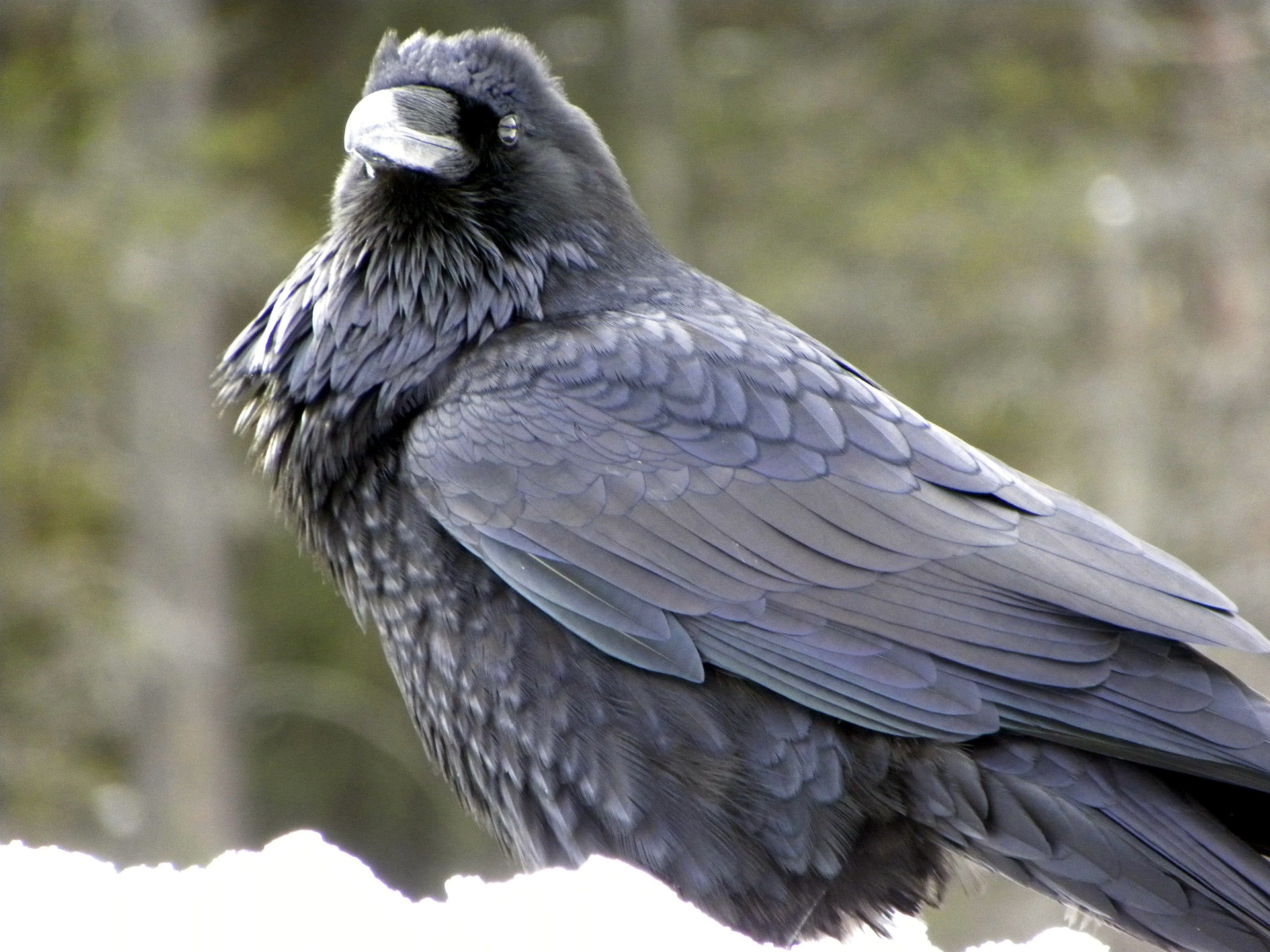

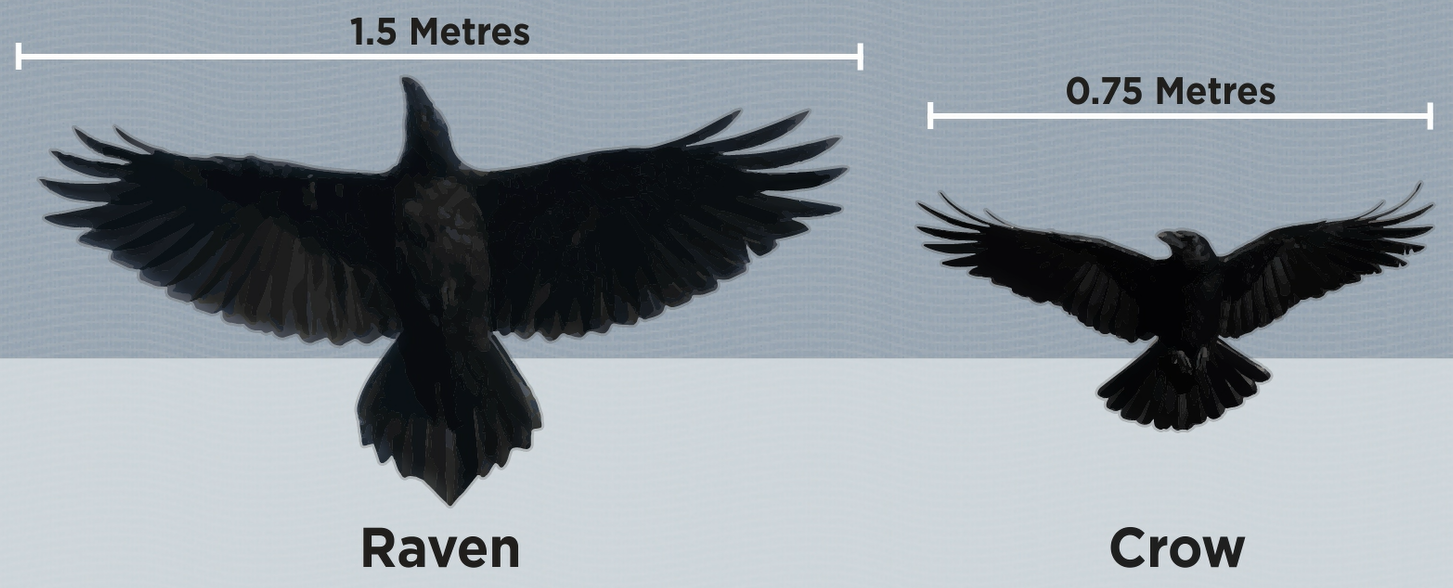
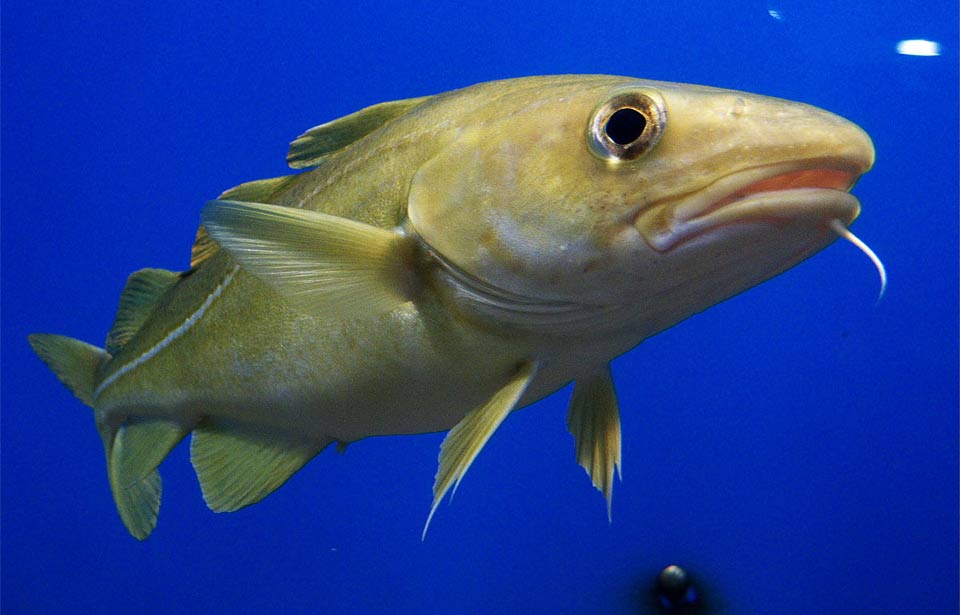
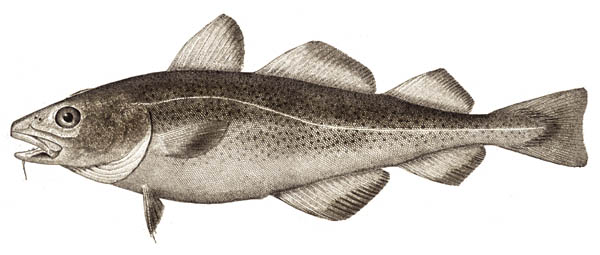 The Atlantic Cod (Gadus morhua) is a medium to large saltwater fish: generally averaging two to three kilograms in weight and about 65 to 100 centimetres in length, the largest cod on record weighed about 100 kg and was more than 180 cm long! Individuals living closer to shore tend to be smaller than their offshore relatives, but male and female cod are not different in size, wherever they live.
The Atlantic Cod (Gadus morhua) is a medium to large saltwater fish: generally averaging two to three kilograms in weight and about 65 to 100 centimetres in length, the largest cod on record weighed about 100 kg and was more than 180 cm long! Individuals living closer to shore tend to be smaller than their offshore relatives, but male and female cod are not different in size, wherever they live.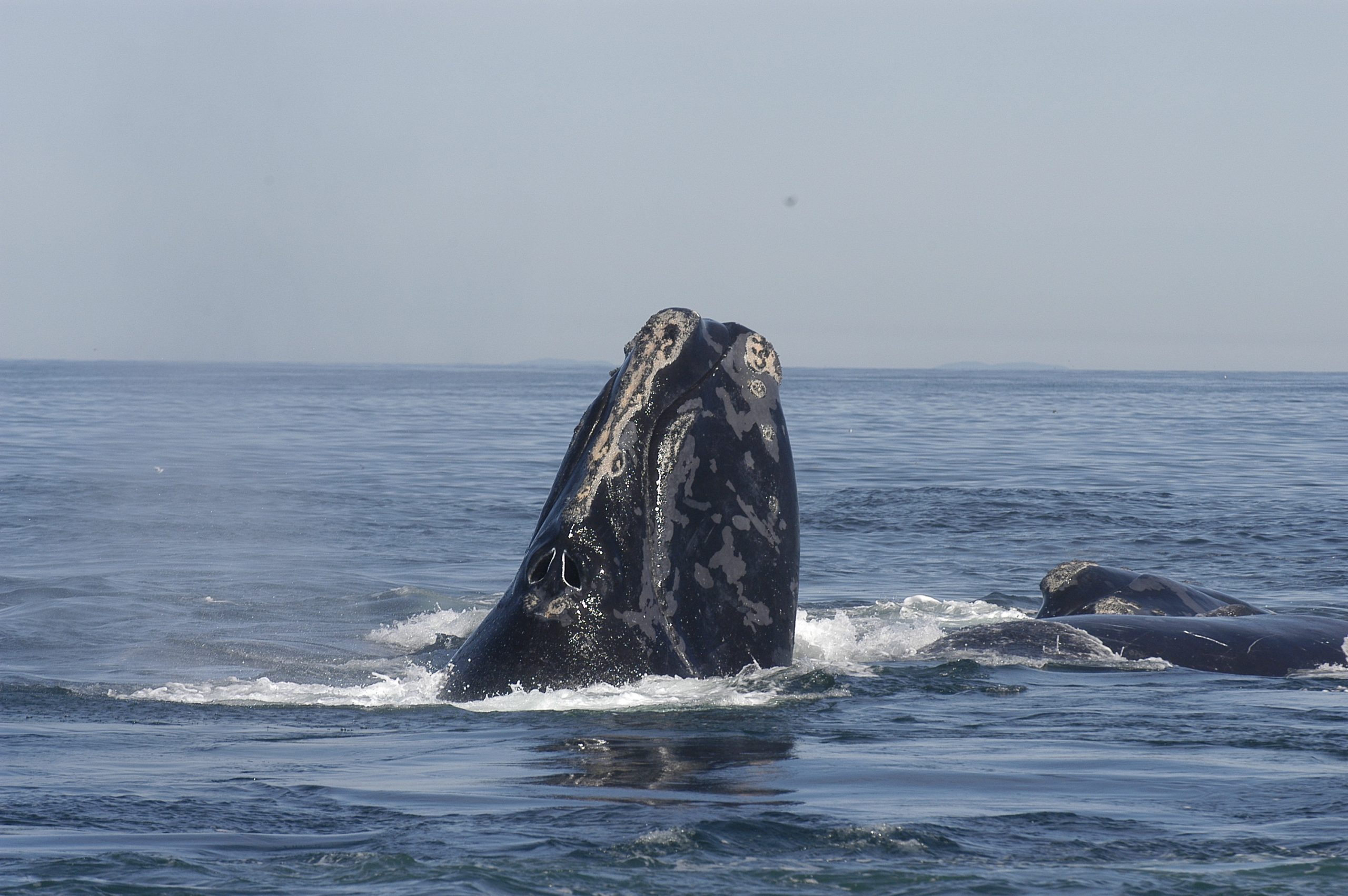
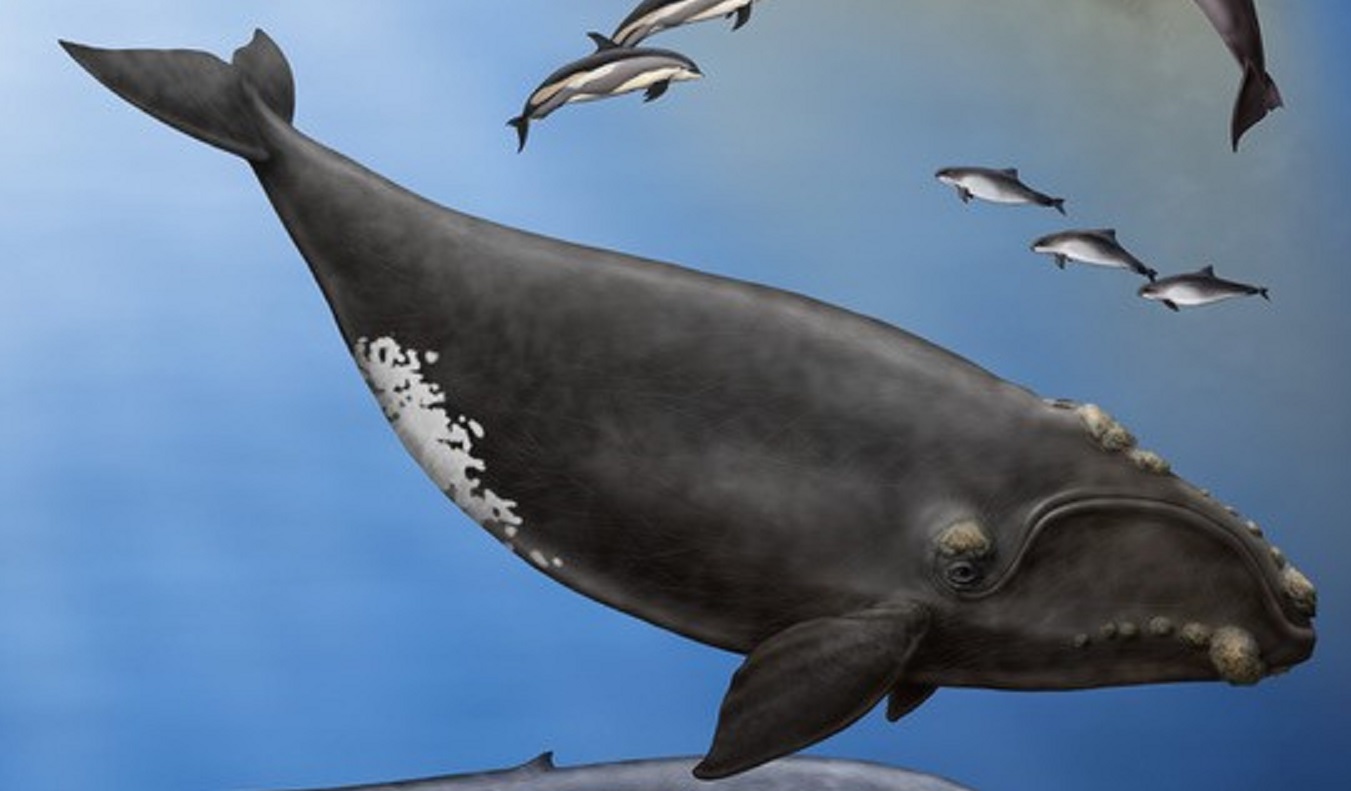 The North Atlantic Right Whale (Eubalæna glacialis) is one of the rarest of the large whales. It can weigh up to 63,500 kilograms and measure up to 16 metres. That’s the length of a transport truck and twice the weight! Females tend to be a bit larger than males – measuring, on average, one metre longer. Considering its weight, it’s fairly short, giving it a stocky, rotund appearance. Its head makes up about a fourth of its body length, and its mouth is characterized by its arched, or highly curved, jaw. The Right Whale’s head is partially covered in what is called callosities (black or grey raised patches of roughened skin) on its upper and lower jaws, and around its eyes and blowhole. These callosities can appear white or cream as small cyamid crustaceans, called “whale lice”, attach themselves to them. Its skin is otherwise smooth and black, but some individuals have white patches on their bellies and chin. Under the whale’s skin, a blubber layer of sometimes more than 30 centimetres thick helps it to stay warm in the cold water and store energy. It has large, triangular flippers, or pectoral fins. Its tail, also called flukes or caudal fins, is broad (six m wide from tip to tip!), smooth and black. That’s almost the same size as the Blue Whale’s tail, even though Right Whales are just over half their size. Unlike most other large whales, it has no dorsal fin.
The North Atlantic Right Whale (Eubalæna glacialis) is one of the rarest of the large whales. It can weigh up to 63,500 kilograms and measure up to 16 metres. That’s the length of a transport truck and twice the weight! Females tend to be a bit larger than males – measuring, on average, one metre longer. Considering its weight, it’s fairly short, giving it a stocky, rotund appearance. Its head makes up about a fourth of its body length, and its mouth is characterized by its arched, or highly curved, jaw. The Right Whale’s head is partially covered in what is called callosities (black or grey raised patches of roughened skin) on its upper and lower jaws, and around its eyes and blowhole. These callosities can appear white or cream as small cyamid crustaceans, called “whale lice”, attach themselves to them. Its skin is otherwise smooth and black, but some individuals have white patches on their bellies and chin. Under the whale’s skin, a blubber layer of sometimes more than 30 centimetres thick helps it to stay warm in the cold water and store energy. It has large, triangular flippers, or pectoral fins. Its tail, also called flukes or caudal fins, is broad (six m wide from tip to tip!), smooth and black. That’s almost the same size as the Blue Whale’s tail, even though Right Whales are just over half their size. Unlike most other large whales, it has no dorsal fin.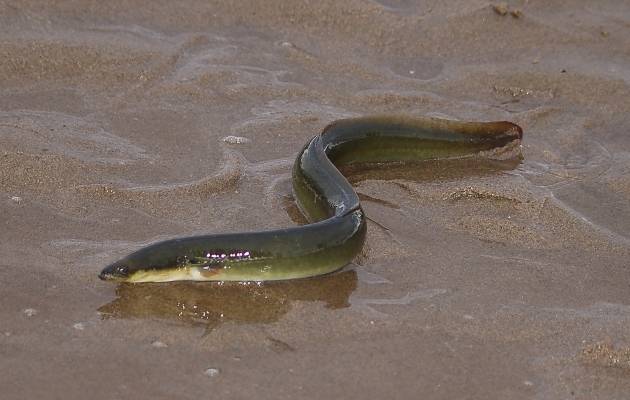
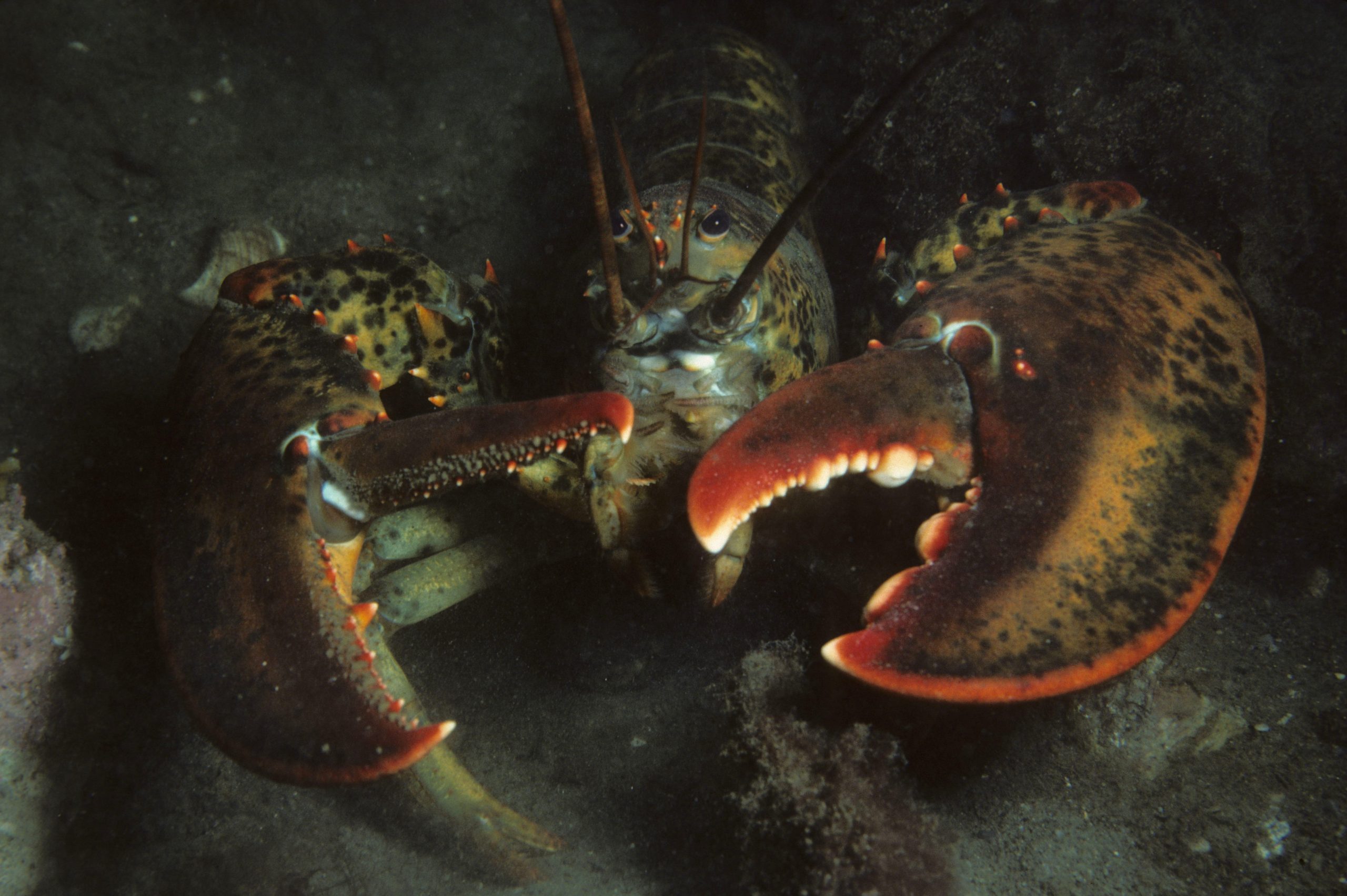


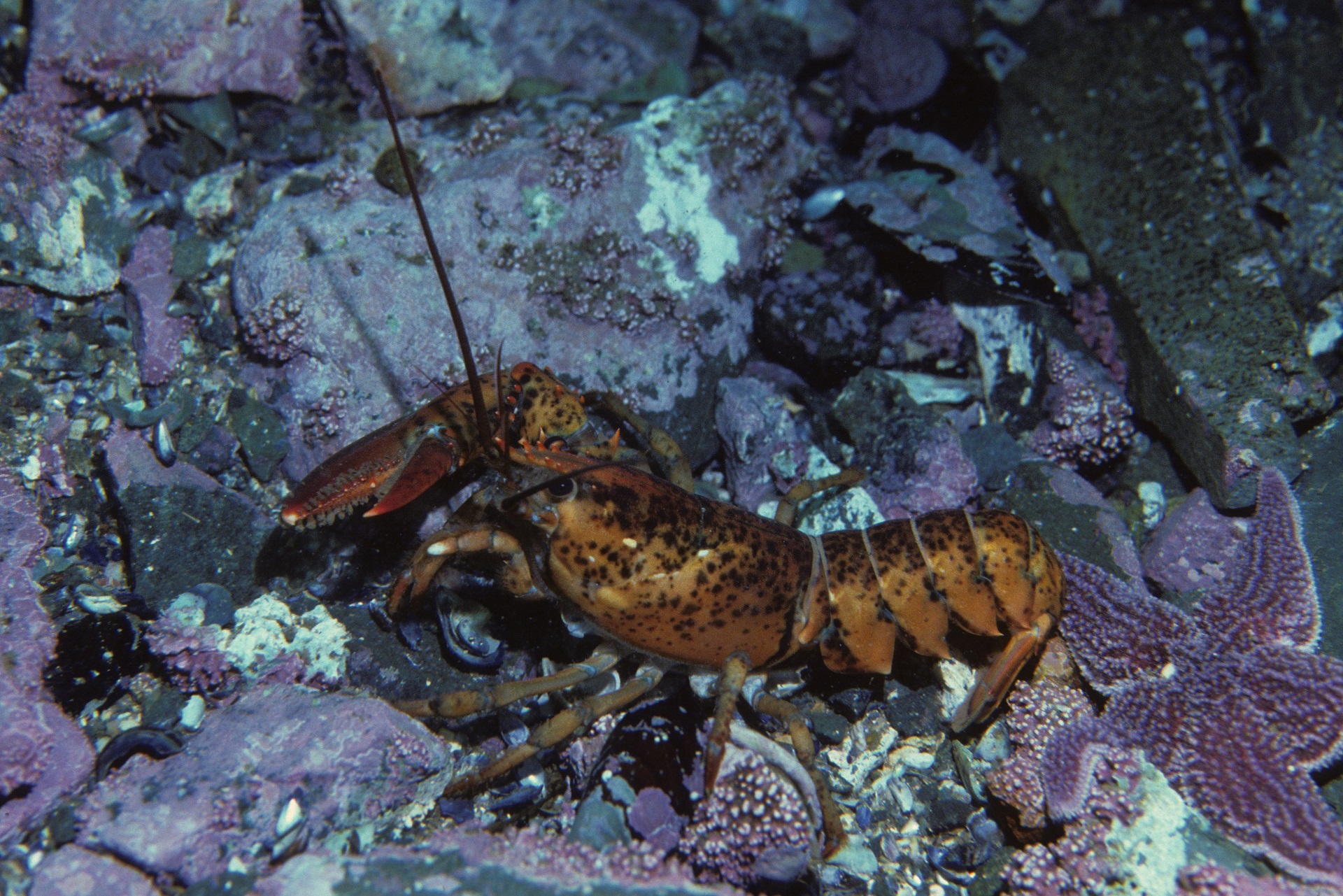
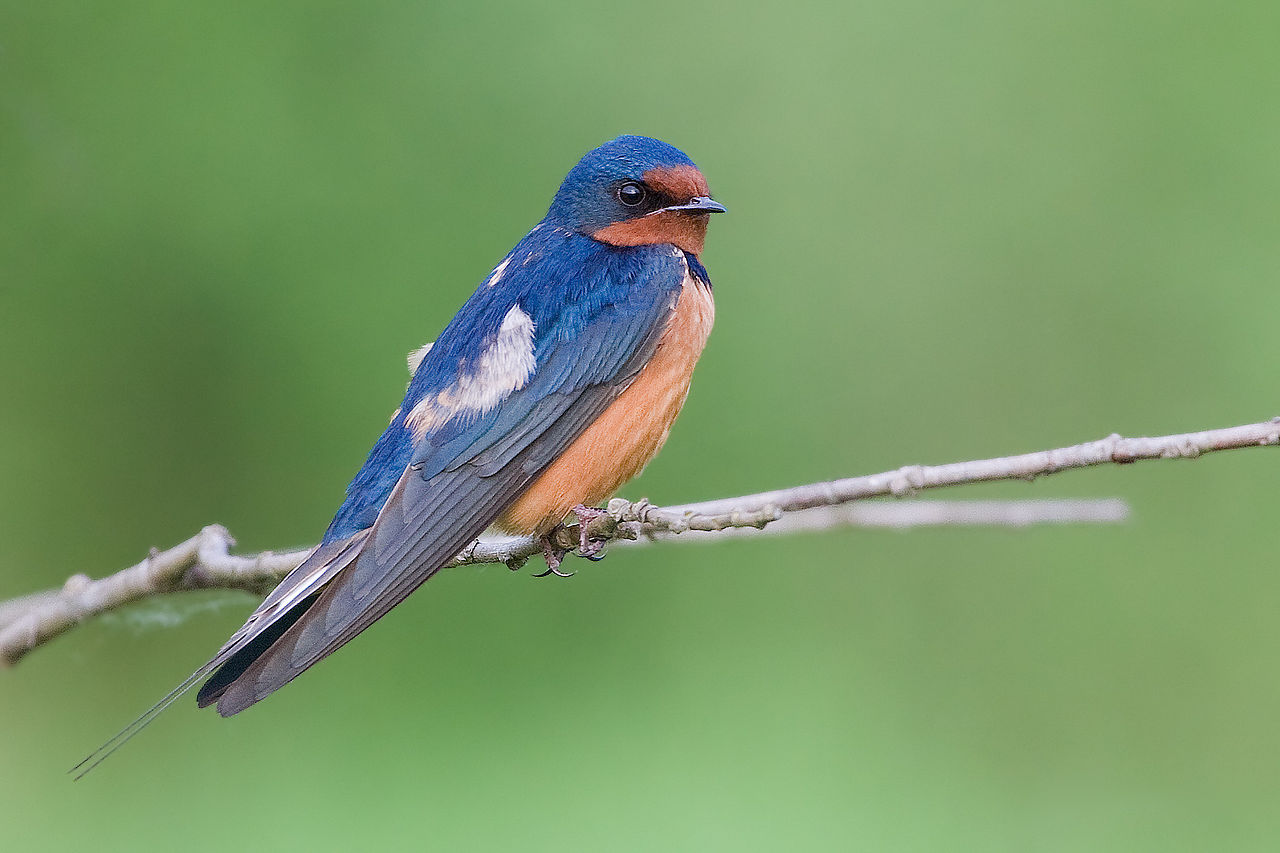

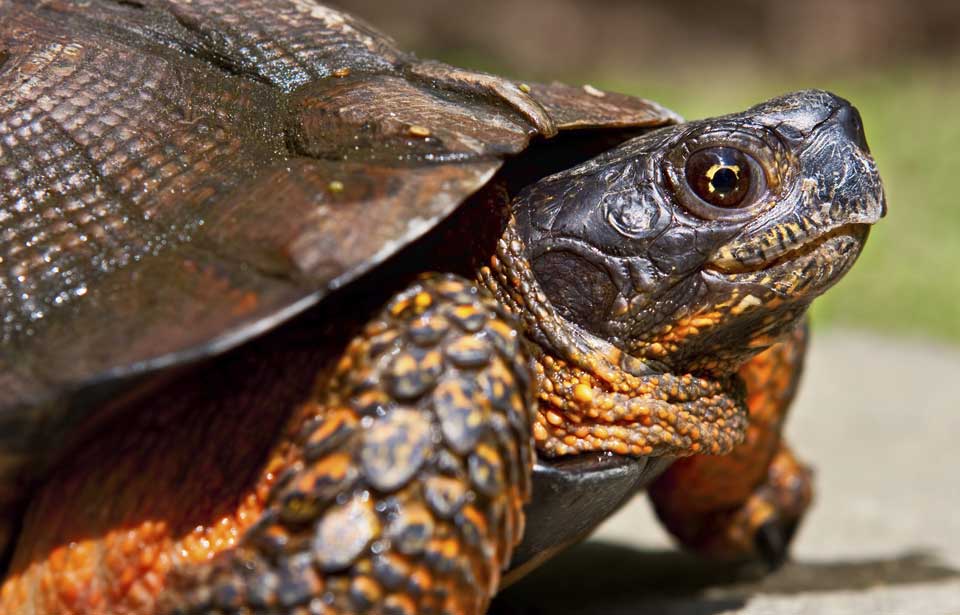
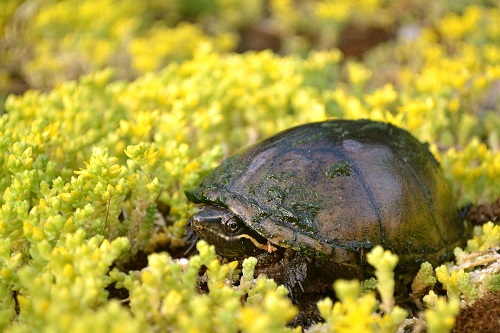

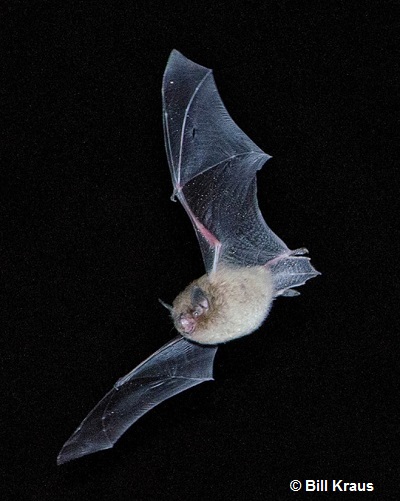

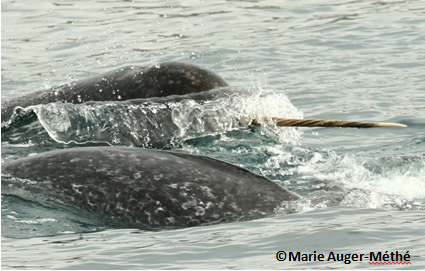
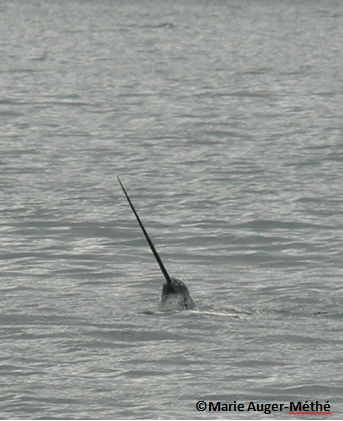
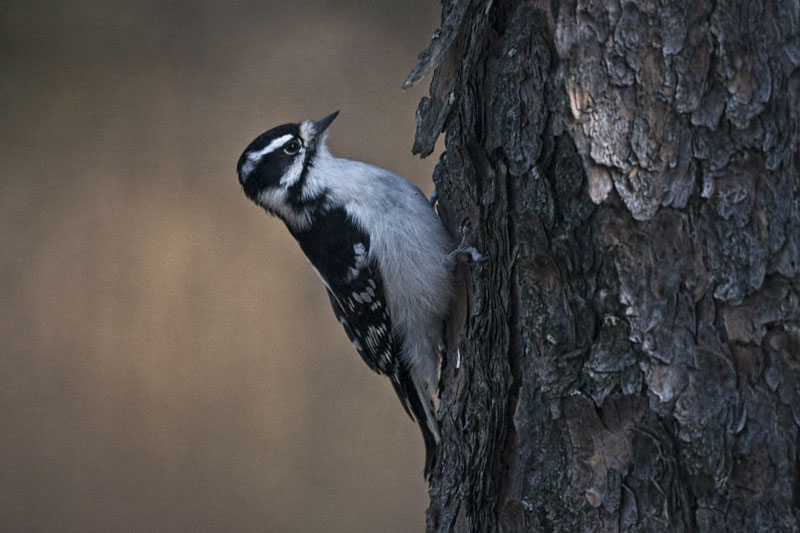

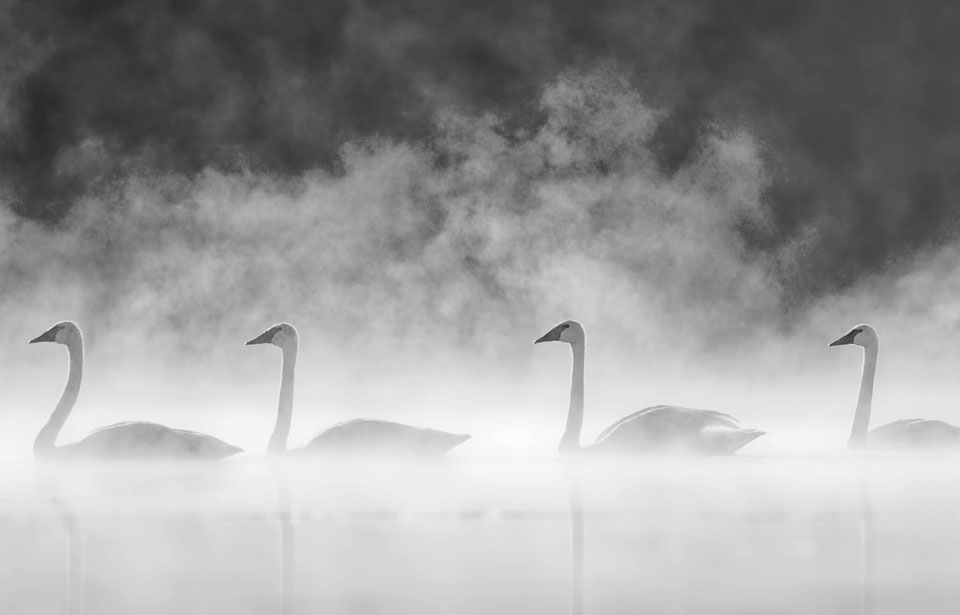
 Adult Trumpeter Swans Cygnus buccinator are large birds with white feathers and black legs and feet. The feathers of the head and the upper part of the neck often become stained orange as a result of feeding in areas rich in iron salts. The lack of colour anywhere on the swans’ bodies distinguishes them from other white species of waterfowl, such as snow geese, which have black wing tips.
Adult Trumpeter Swans Cygnus buccinator are large birds with white feathers and black legs and feet. The feathers of the head and the upper part of the neck often become stained orange as a result of feeding in areas rich in iron salts. The lack of colour anywhere on the swans’ bodies distinguishes them from other white species of waterfowl, such as snow geese, which have black wing tips.